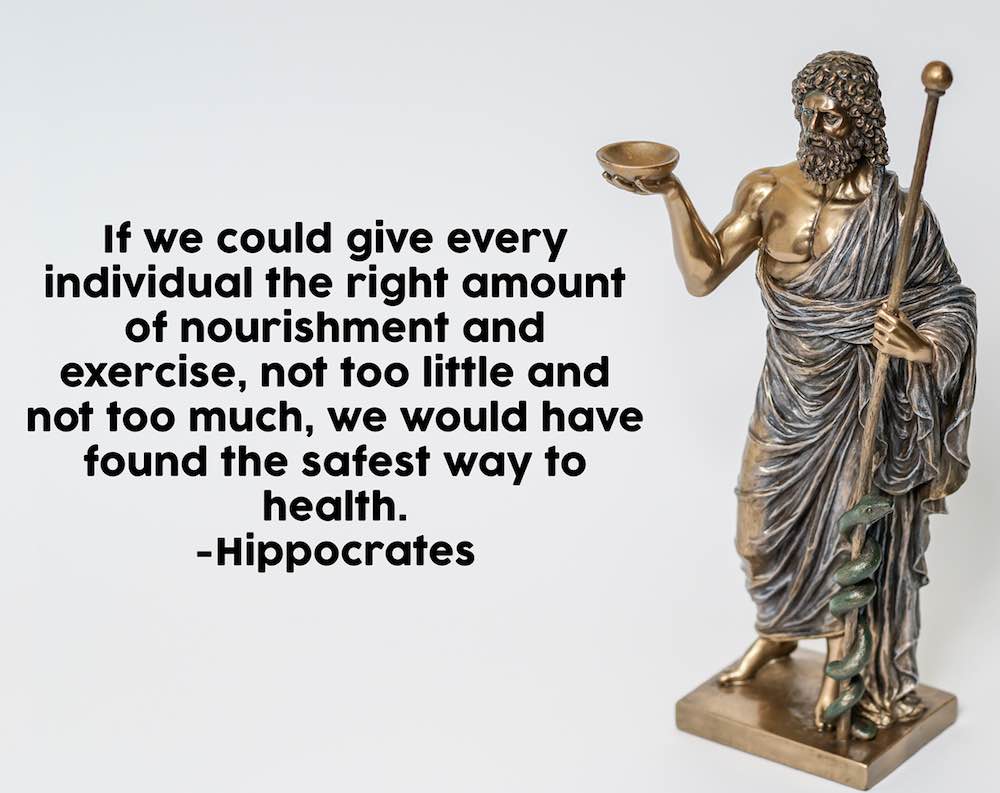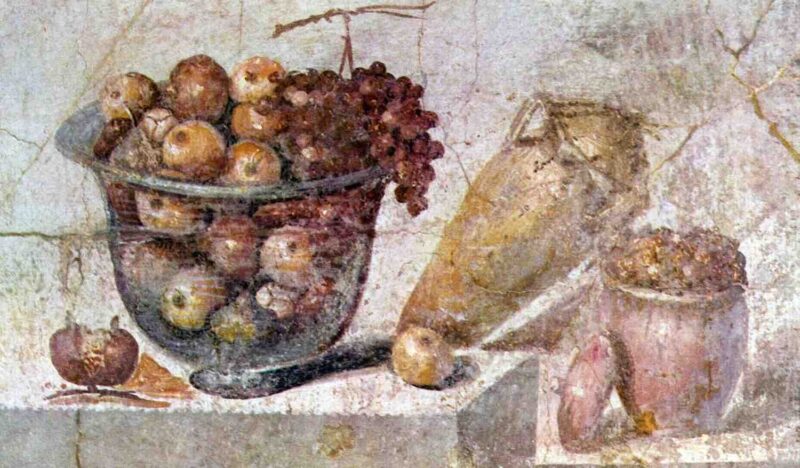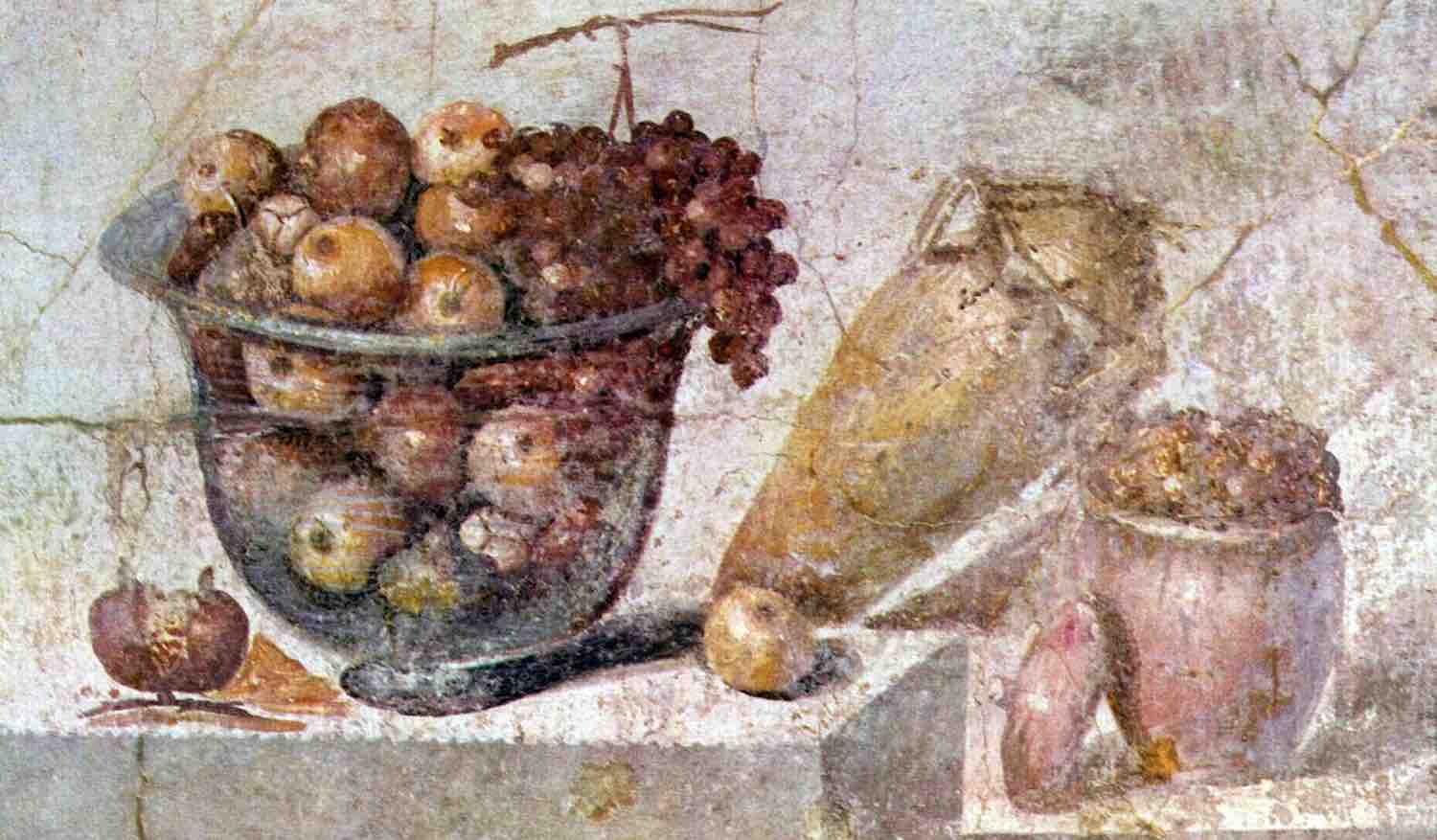“If we could give every individual the right amount of nourishment and exercise, not too little and not too much, we would have found the safest way to health.” This quotation from Hippocrates pops up regularly in writings advocating a sensible diet and lifestyle. But what is ‘sensible’, and why is this concept so difficult to grasp and translate into action? It seems that the Ancient Greek doctor hit the nail on the head 2000 years ago, yet now, more than ever, we are plagued by obesity, fad diets and questionable health and nutrition gurus.
In the European Commission’s Beating Cancer Plan, four main prevention strategies are laid out that could drastically reduce the incidence of cancer development: a tobacco-free future; a reduction in harmful alcohol consumption; reduced environmental pollution and exposure to carcinogenic substances and radiation; and better knowledge and health literacy to promote healthier lifestyles. With the ‘HealthyLifestyle4All’ campaign, set to be launched this year, Europe is looking to raise health and nutrition awareness and promote better eating and exercise regimes. The plan is to work in collaboration with the community, scientists, food producers and public institutions to create structures and initiatives that allow everyone, regardless of culture and social/economic factors, to benefit from an active life and good food, achieving better health.
… Do like the Romans
Although Hollywood films tend to portray Ancient Mediterranean civilisations ‒ the Romans, in particular ‒ as debauched, scoffing slobs, enjoying lavish banquets washed down with torrents of wine, Ancient Greeks and Romans were actually very frugal. Their diets were based on grains, legumes, fresh fruit and vegetables, small portions of meat and fish, mostly grilled, a few eggs, some cheese, a little milk, usually fermented, olive oil, virtually no butter. And their sweetener was honey, no refined sugar lurking in their meals. They drank plenty of water, often mixed with wine, which had the added effect of sanitising it. Their meals were structured and they ate seated at a table with family, friends, or peers. It is true that they did have banquets, where they showed off and enjoyed elaborate food, while stretched out on more comfortable seats, but these were occasional, not every day, events.

It is in their eating habits that we find the roots of what we now call the Mediterranean diet, later enriched with imports from the New World, such as tomatoes and potatoes, which sat happily in a diet which we would now characterise as based on complex carbohydrates, some protein, unsaturated fat, vitamins, and minerals. Yet, it was only in the 20th century that these nutritional elements were discovered, isolated, and studied. Tradition, experience, and availability of ingredients were the beacons that guided the ancient civilisations in their food choices.
The Mediterranean diet had to wait many centuries to acquire international fame, which came eventually thanks to a book, How to eat well and stay well the Mediterranean way, written by a polymath scientific researcher, Ancel Keys, and his wife, in the 1970s.
Keys discovered the health benefits of the Italian diet in the course of a long study into the effects of high cholesterol on health. In the 1940s the American scientific community was puzzled by a ‘pandemic’ of cardiovascular disorders that mainly affected business executives, who were presumed to be among the best-fed people in the US, if not the world, prompting researchers to look into correlations that could explain this conundrum.
The ‘sudden’ death of Franklin D Roosevelt in 1945 acted as a catalyst for the launch of comparative studies into nutrition and lifestyle
The ‘sudden’ death of President Franklin D Roosevelt in 1945 acted as a catalyst for the launch of comparative studies into nutrition and lifestyle. It was caused by a cerebral haemorrhage brought on by cardiovascular disease, but as his poor health had been kept secret, the news shocked the American public.
Only three years later, in 1948, the Framingham Heart Study was born ‒ a long-term, ongoing cardiovascular cohort study. It was a director of the project, William B. Kannel, who in 1961 coined the term, if not the concept, of ‘risk factors’. Meanwhile, Ancel Keys had started his own mega project ‒ a longitudinal epidemiological study called the Seven Countries Study that began formally in 1958 and ran for about fifty years. The task of comparing health, nutrition, and lifestyle in so many different environments was not an easy one, and Keys proceeded with extreme caution, following a rigorous approach, with a rather humble attitude, all explained in detail in the results that were published in 1980, in Seven countries: a multivariate analysis of death and coronary heart disease. The study highlighted important correlations between cholesterol levels and cardiovascular disease. Keys also suggested that the high levels of longevity in Sicily could be attributed to the Mediterranean diet, with its low content of animal fats.
Knowledge is not enough
Keys knew that this study was not and could not be comprehensive or conclusive, but its value was nevertheless immense in understanding the role of diet in the prevention of disease. If you asked the average person today what the healthiest diet is, they would probably list the components of the Mediterranean diet ‒ the right balance of carbs, protein, fat, and plenty of fresh fruit and vegetables. Lack of information and/or willpower are not the number one culprits in our inability to eat well. Many components trick us into making poor food choices, and malnutrition is a puzzling, but perhaps explicable phenomenon in countries where food is abundant.
As Harvey Levenstein pointed out in his book Fear of Food, “good taste is not a guide to the healthfulness of food”. If, in our remote days as hunter-gatherers, ‘sweet’ equalled ‘safe’, or ‘safer than bitter’, and helped us choose the best and most nutritious pickings, it is certainly not a good indicator in today’s world, where taste is masked, created, and confused by the way in which food is produced and preserved. Yet, our brains are still tuned into encouraging our search for sweet morsels. Sugar, together with salt and fat, trigger our brain’s reward system, which releases endorphins and prompts us to repeat the behaviour, in order to keep on having that ‘buzz’. Not surprisingly, the same circuit is involved in addiction to drugs. We get used to higher levels of endorphins, and we then take more of the substance that triggers our brain into releasing them.
And this is what ‘junk food’ is ‒ a high concentration of fat, sugar and salt that can lift our mood in seconds. Add to that the clever packaging, and the ‘halo effect’ of advertising – whereby we subconsciously attribute the beauty and allure of the slim woman to the bar of chocolate she is eating, or the health and vitality of rosy kids to their enjoyment of burgers and fries – and our ability to take ‘responsible decisions’ is swamped by the ancestral wirings lodged in the depths of our brains.
Much of our knowledge comes from data generated by the EPIC study, which is one of the largest cohort studies in the world
A great number of studies correlating diet to cancer risk have been published in the past twenty years. Much of our knowledge comes from data generated by the ‘European Prospective Investigation into Cancer and Nutrition’ (EPIC) study, which is one of the largest cohort studies in the world, with more than half a million participants recruited across 10 European countries and followed for almost 15 years. At recruitment (1992‒1999), detailed information on diet, lifestyle characteristics, anthropometric measurements, and medical history was collected, to identify correlations at later stages.
Biological samples were collected from more than 350,000 individuals, which are stored at the International Agency for Research on Cancer (IARC): nine million aliquots were available for one of the largest biobanks in the world for biochemical and genetic investigations on cancer and chronic diseases. The EPIC data have led to a great number of studies correlating diet to cancer risk.
Follow-up measures of lifestyle exposures have been collected and centralised at IARC. Over 1,350 publications in Pubmed are available (March 31 2021) with “European Prospective Investigation into Cancer and Nutrition” as keyword, starting with the presentation of the study by Riboli in 1992.
Nutrition and lifestyle, in particular, have long been established as risk factors for colorectal cancer. A recent publication, co-authored by Riboli himself, presented lifestyle-based risk models that may aid the identification of individuals at high risk, and can be used to guide referral to screening and motivate behaviour change.
The investigators developed and validated a lifestyle-based risk prediction algorithm to predict risk of developing colorectal cancer in an asymptomatic European population.
Another very interesting paper on the topic was recently published in JAMA. An ‘umbrella’ review, analysing almost 10,000 publications in meta-analysis, found convincing evidence of an association between lower risk of colorectal cancer and higher intakes of dietary fibre, whole grains, dietary calcium, and yogurt on the one hand, and lower intakes of alcohol, red meat, and processed meat on the other.
At the beginning of 2021, the US published the 2020‒2025 Dietary Guidelines for Americans, with the subtitle ‘Make Every Bite Count’, to encourage healthy eating patterns at each stage of life and recognise that individuals need to make shifts in their food and drink choices to achieve a healthy pattern. The Guidelines also explicitly emphasise that a healthy dietary pattern is not a rigid prescription. These kinds of guideline are very useful to orient citizens and to provide them with accessible information and advice.
To move towards a healthier society, in addition to helping people make better nutritional decisions for them and their children, it is also necessary to involve food producers, restaurants, and supermarkets, in establishing a different food culture. This should include, for instance, reducing portions and relocating comfort foods to higher shelves, away from their prominent position near the tills, where they lure bored children and stressed-out customers. The current culture of big portions promoted by restaurants, lower prices for high-calorie foods, and higher prices for fresh fruit and vegetables, make us prone, among other issues, to putting on too much weight too easily. Once it is on, we seek short cuts to losing it quickly, and we can end up embarking on dangerous fad diets that take us even further away from a sense of what proper nutrition is.
Ultimately, we should just pay attention to what Hippocrates told us 2000 years ago: not too little, not too much.
With the contribution of Francesca Albini, PhD












